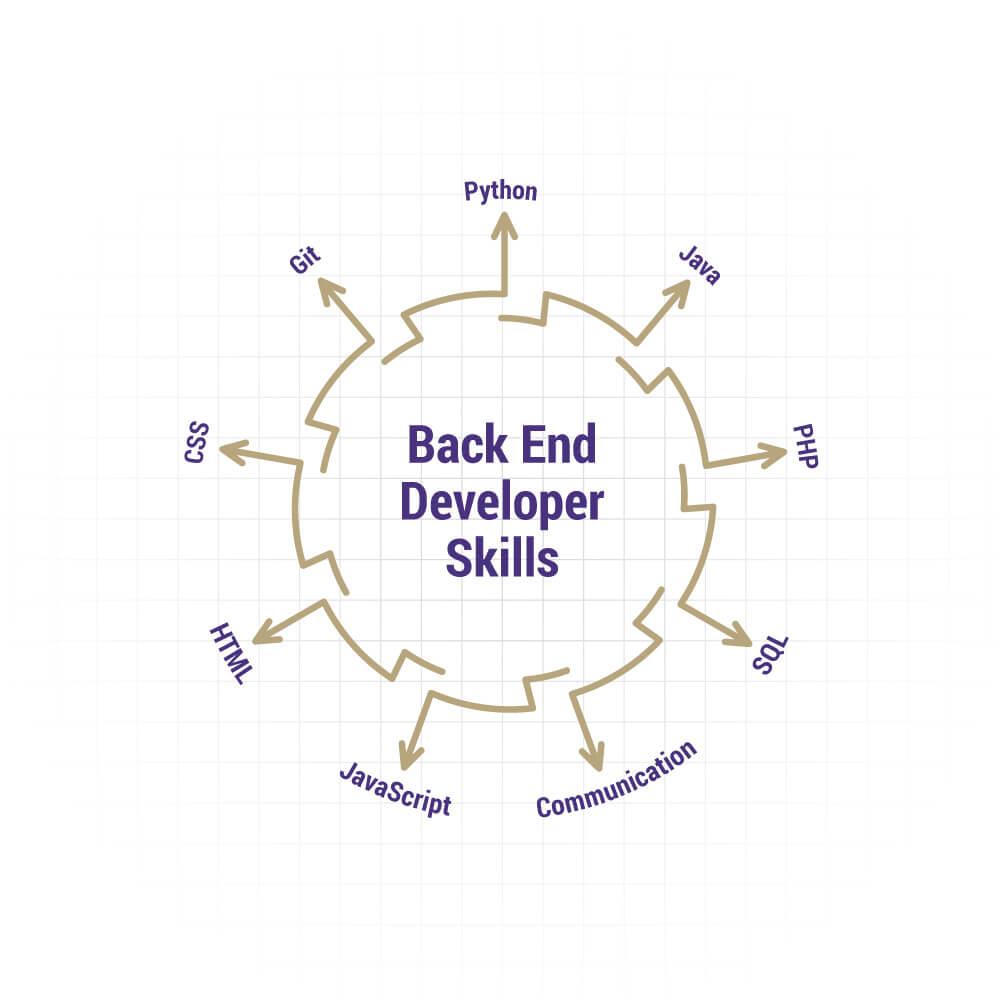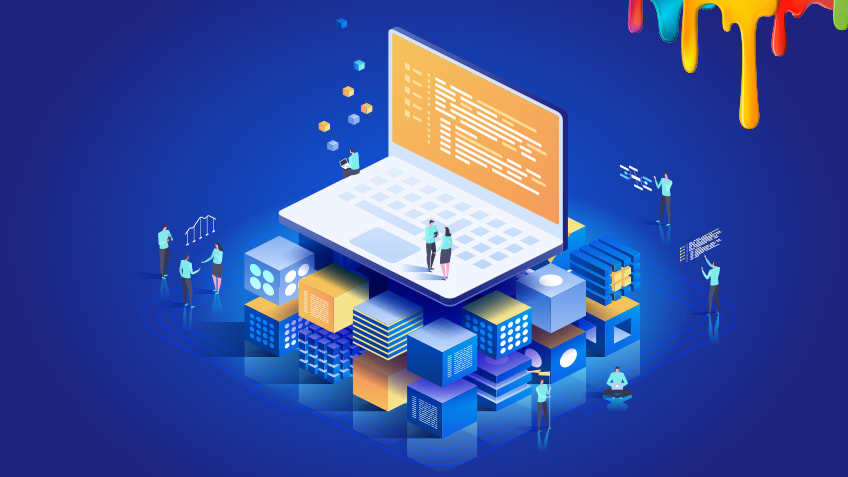
For the past 15 years, the electronic health record (EHR) has been the cornerstone of digital hospitals and a primary repository for clinical data. The strategy for most healthcare providers has been to integrate as much data as possible into the EHR so that clinicians need to work with only “one single source of truth” when treating their patients.
However, there is a problem with EHRs. They are simply not designed to incorporate data from other sources, such as medical devices, asset management systems, location services, wearables or any other secondary non-clinical data. These sources of data offer tremendous value for improving health outcomes but, because of the difficulty in incorporating these data sources, are not being used.
In the coming years, most healthcare providers will prioritize aggregating new data sources (and thereby exploring new use cases). They will be seeking to not only implement new business models, but also to leverage the investments they’ve already made in new capabilities and technologies centered around internet of things (IoT) platforms, artificial intelligence, big data and robotics.
Storing such data in a single clinical silo, like an EHR, is neither practical nor efficient. Rather, healthcare providers need to focus on data aggregation and orchestration platforms (DAOP) that can collect data across the ecosystem and deliver actionable insights which will impact the day-to-day delivery of care. These platforms help move healthcare providers away from a reactive approach to managing healthcare data to one that’s more proactive, automated and insights-driven.
This is because the latest generation of DAOPs is architected as a collection of different open, modular and granular services, provisioned using the cloud and delivered as a service, which is enabled thanks to emerging server less designs. As these intelligent layers of software and data continue to be integrated in advances in big data, analytics, artificial intelligence and automation, and root themselves in agile/DevOps practices, they create low-cost, increasingly automated and smart agile workflows.
The EHR remains an important system — but it will be only one source of data feeding the DAOP. It will continue as a digital application focused on documentation, internal work flows and decision support within the hospital, while the DAOP will act as an engine, enabling new and innovative business models across the patient ecosystem.
Data, interoperability and APIs
Accessing and harnessing data across a variety of systems is the core of what the DAOP does. Once the aggregated data has been transformed and ingested into a centralized data lake, it can be consumed as microservices through a structured and well-managed API gateway.
The use of RESTful (Representational State Transfer) APIs, or RESTful web services, combined with the rapidly emerging FHIR (Fast Healthcare Interoperability Resources) standard, is accelerating and standardizing healthcare interoperability. FHIR-based RESTful APIs enable healthcare data-sharing across a federated and fragmented environment without necessitating data migration or locking up data in centralized solutions, such as EHRs. This is important because locking up data in EHRs and other such systems can reduce an organization’s control of the data and lead to prolonged time to value from new ideas and innovations.
![]()
Setting a complete healthcare API strategy
FHIR-based RESTful APIs are just the tip of the iceberg. On their own, they do not solve problems like data fragmentation, lack of standardization or sub-optimization across a complex ecosystem. To fully leverage the benefits of FHIR and APIs, more must be done than simply adding an API on top of an existing system of record, because the raw data is typically not in a state or format that lends itself to interoperability without manipulation. Most systems of records, such as the EHR, store data in a proprietary format, which needs to be manipulated before it can be shared. Maintaining a loose coupling of applications is best done outside of the EHR and enabled by a FHIR-based data lake.
To be successful, a complete healthcare API strategy should:
- Address the differences between the raw data from the systems of records and the data requirements of FHIR and other interoperability standards. Data transformation and translation against industry standards helps to standardize the data into a canonical form.
- Hide the complexity of the underlying data environment to the data consumer. APIs and the platform behind them provide the opportunity to encapsulate the systems of record so the end user doesn’t have to search through multiple systems to find the data.
- Consider opportunities to improve and enrich the raw data to maximize its use. Once data is aggregated and standardized behind the API, questions can be asked of the data that could not be asked before. Opportunities exist to enrich the data with provenance, security, privacy, conformance and other types of metadata. Enrichment can also come in the form of new insights gleaned from the data through analytics and evaluation of the data against knowledge bases.
APIs should be the gateway into a robust data processing platform capable of maximizing the usefulness of the data behind it. In this way, the challenges EHRs and other systems of record present with aggregating important sources of data can be overcome without undue burden and cost to the healthcare organization.







